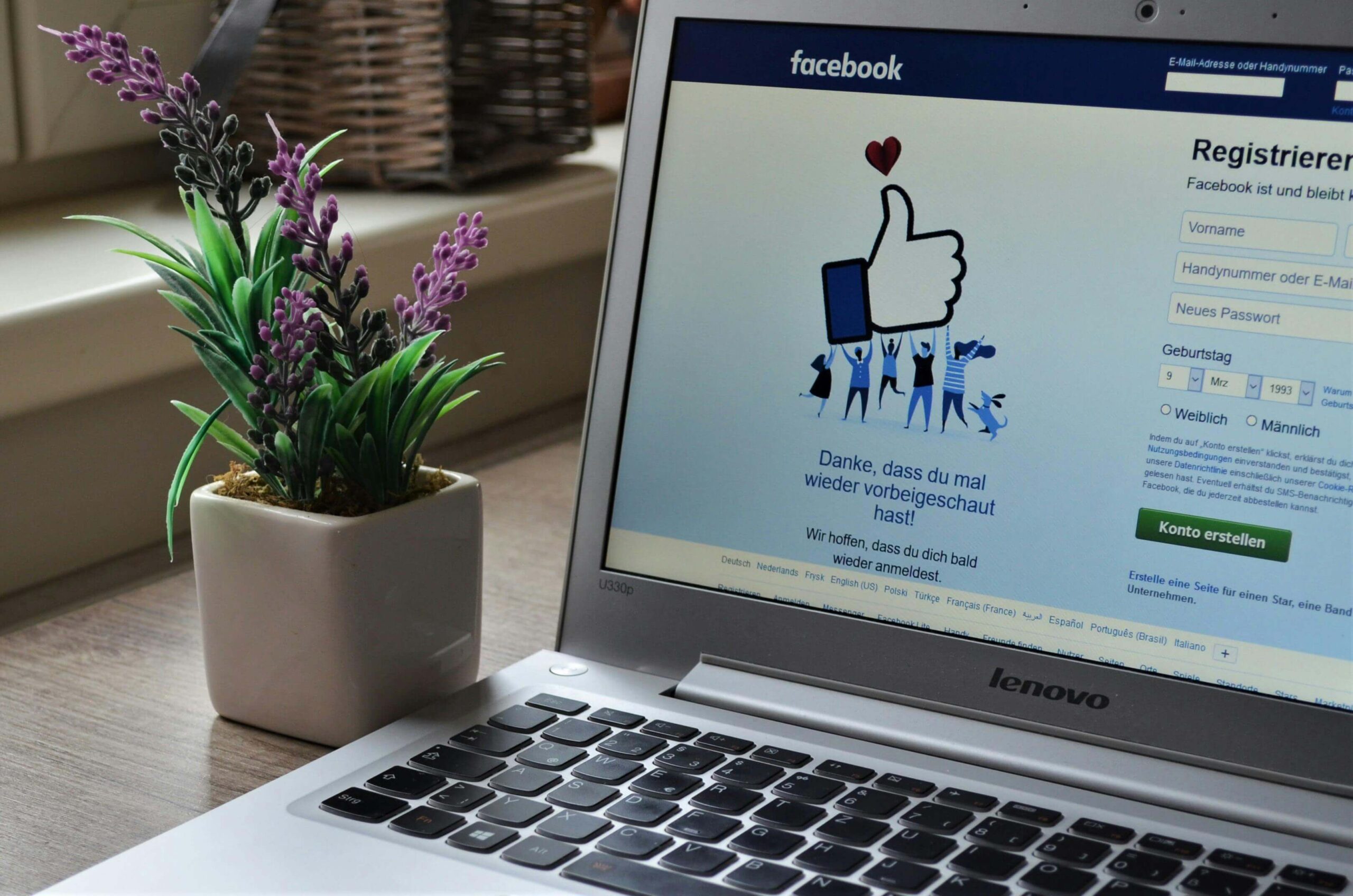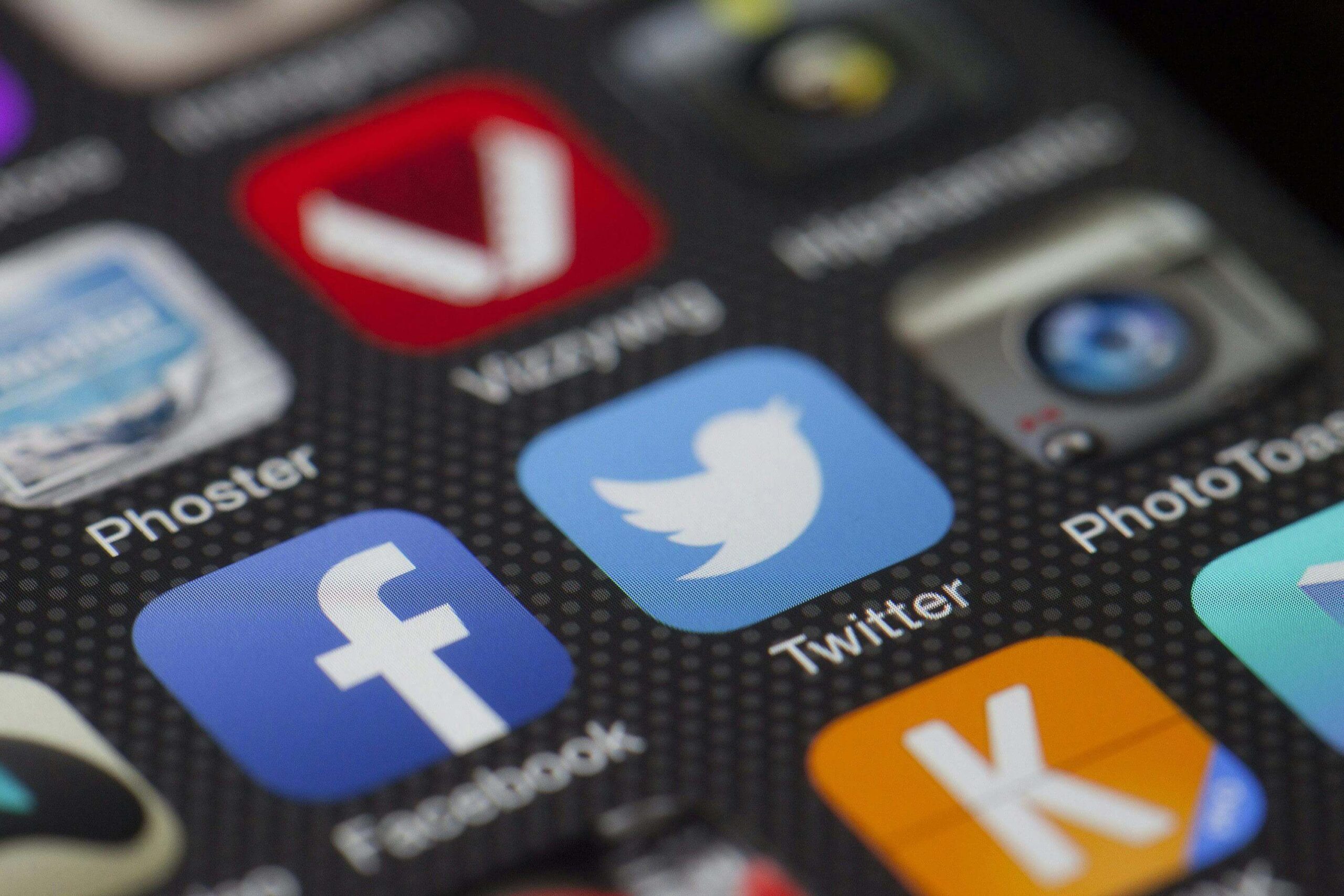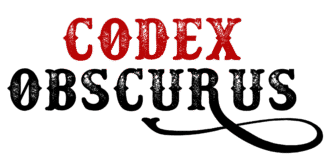
Selling books online is tough. I learned that after my first launch barely made a dent. Then I discovered Facebook ads for self-published authors, and everything shifted. Within months, my sales jumped from a few copies a week to hundreds. Facebook still works because it connects your book with readers who actually want it.
The platform’s targeting makes book marketing with Facebook ads powerful. You can reach people who already love your genre or follow similar authors. That precision turns your ads into consistent, measurable sales. Even with algorithm changes, Facebook advertising for book sales online remains one of the best ways to reach serious readers.
You don’t need a big budget to start. I began with $10 a day and built from there. Once you know your audience and test what works, Facebook becomes more than an ad tool. It’s your book’s sales engine. The rule never changes: show the right readers the right message at the right time. That method still drives every successful Facebook ad campaign for book promotion today.
Understanding How Facebook Ads Actually Work (Without the Tech Jargon)
Facebook ads aren’t as complicated as they sound. The platform studies what readers click, like, and buy, then shows your book to people most likely to purchase it. That’s how Facebook advertising for book sales online works. It matches your book with readers who already enjoy your genre.
When you launch a campaign, Facebook’s data connects your book to users with similar interests. If you write cozy mysteries, it targets readers who follow mystery authors or book clubs that love detective stories. This precision helps you find readers with Facebook ads instead of wasting money on random audiences.
Success with Facebook ads for self-published authors starts with knowing your audience. Define your ideal reader’s age, interests, and habits, then use tools like Audience Insights to refine your targeting. Once you do, every ad decision—copy, image, or budget—becomes clear and effective. Facebook isn’t guessing; it’s using years of data to help you build a loyal and growing reader base.
Step 1 – Define Your Target Audience Like a Pro Author
You can’t sell your book to everyone. I learned that after wasting money on ads shown to people who didn’t read my genre. Knowing your ideal reader is the key to a profitable Facebook ad strategy for indie authors.
Start by looking at who already enjoys your work. Their favorite genres, authors, and age group. Use Facebook Audience Insights to find these traits and build custom audiences for book advertising. These readers are more likely to buy your book, not just click your ad.
Once you know your ideal reader, create lookalike audiences for Facebook book ads to find new readers who share the same interests. Keep your targeting specific.
- Begin with a small Facebook ad demographic targeting for authors campaign.
- Add interest-based targeting such as book clubs or similar authors.
- Test one group at a time to see what works.
You don’t need a big budget, just clear targeting. The better Facebook understands your readers, the better your ads perform. That’s how Facebook ads for book sales turn from guesswork into a consistent source of profit.
Step 2 – Crafting Scroll-Stopping Ad Creatives That Actually Sell Books
Your ad’s image and text decide whether readers scroll past or stop. After testing dozens of campaigns, I found that visuals drive results. To make Facebook ads for self-published authors work, focus on clarity, emotion, and simplicity.
Start with a clean image that reflects your genre. For book marketing with Facebook ads, use your book cover or a simple background. Dark tones fit thrillers; lighter ones suit romance. Avoid cluttered designs. Your cover and headline should grab attention instantly.
Your copy should sound natural, like you’re recommending your book to a friend. Highlight the hook or emotion that makes your story special, then end with a clear call to action.
Keep these points in mind:
- Keep your text short and direct.
- Use headlines that spark emotion or curiosity.
- Test formats—images, videos, or carousels—to see what gets clicks.
Short videos or carousels work well for series. Even simple clips or review snippets can boost engagement. When your visuals and words connect with readers fast, your Facebook ad campaign for book promotion becomes far more profitable.

Step 3 – Choosing the Right Campaign Type and Budget
Choosing the right campaign type is key to profitable Facebook ads for self-published authors. Facebook offers objectives like Traffic, Engagement, and Conversions. Use Traffic to get people to your book page, but pick Conversions when you want actual sales. This tells Facebook to show your ad to buyers, not browsers.
Start small with your budget. Spend $5–$10 a day to test audiences and ad creatives. Once you see consistent results, raise your spending by 10–20% every few days. That’s how you scale Facebook ads for book launches safely without overspending.
Keep one campaign focused on one goal—selling a book or promoting a series. Mixing goals makes it harder to measure results. I follow a simple process:
- Test one creative with three audiences for five days.
- Find the audience with the lowest cost per click.
- Scale that winner gradually.
The right setup and pacing keep your Facebook ad return on investment for book promotion steady and predictable.
Step 4 – Setting Up Your Facebook Ad Campaign (Step-by-Step)
Once your audience and budget are ready, it’s time to launch your campaign. In Facebook Ads Manager, you’ll see three parts: Campaign, Ad Set, and Ad. The campaign defines your goal, the ad set manages targeting and budget, and the ad is what readers see. Keep everything labeled and organized to track results easily.
Choose Conversions as your objective if your goal is book sales. At the ad set level, select your custom or saved audience and pick your placements. Facebook Feed and Instagram Feed usually perform best for authors.
Create your ad by uploading your image or video, writing short copy, and adding a clear call to action like “Shop Now” or “Learn More.” Always test your link to make sure it loads fast. Slow pages kill conversions.
Install the Facebook Pixel for authors book sales on your website or landing page to track what readers do after clicking. Check your ad’s performance daily for the first few days to pause weak performers and keep the strong ones. Once you’ve done this a few times, setting up Facebook ads for self-published authors becomes a repeatable system that sells books consistently.
Step 5 – Retargeting: Turning Curious Scrollers Into Buyers
Most readers won’t buy the first time they see your ad. Facebook ad retargeting for book series lets you reach those same people again—readers who clicked or visited your page but didn’t purchase. They already know your book, so conversions come easier.
Use the Facebook Pixel to track visitors, then create a new audience based on that data. Show them a follow-up ad with a review, teaser, or small discount. These reminders often turn curiosity into sales.
Retargeting also works great for series. If someone bought book one but not book two, show them an ad for the sequel. Keep testing different messages—reviews, emotions, or story hooks—to see what performs best. Retargeting doesn’t just recover missed sales; it builds lasting relationships and helps Facebook ads for self-published authors deliver consistent profits.

Step 6 – How to Track and Measure Your Results Like a Pro
To improve your ads, you need to track them. Focus on three main metrics: Click-Through Rate (CTR), Cost Per Click (CPC), and Return on Ad Spend (ROAS). CTR shows if people are interested, CPC shows what you pay for each click, and ROAS tells you if your ads are profitable.
Use the Facebook Pixel for authors book sales to see which ads lead to purchases. This helps you understand what’s working instead of guessing.
Check your results weekly:
- Which ad gets the most clicks for the lowest cost
- Which audience buys the most
- Whether your conversion rate is improving
- How your ad spend compares to revenue
Tracking your Facebook ads for self-published authors keeps you in control. You’ll spend smarter, make better decisions, and turn your ads into a reliable tool for steady book sales.
Step 7 – Common Mistakes Authors Make With Facebook Ads (and How to Fix Them)
Most authors waste money on Facebook ads for book sales because of avoidable mistakes. The biggest one is targeting too broad. When your audience isn’t specific, Facebook shows your ad to people who don’t read your genre. Keep your targeting narrow using tools like Audience Insights or custom audiences.
Another mistake is quitting too soon. Facebook needs a few days to learn who engages with your ad. Give it at least five to seven days before making changes. Patience helps the system optimize performance and saves money.
Poor ad creatives are another issue. Even a small change—a clearer image or stronger headline—can double your click rate. Test one element at a time to see what works best.
Finally, track your results. Without monitoring Facebook ad metrics authors need to know, you’re just guessing. Avoid these mistakes, and your Facebook ads for self-published authors will stop being trial and error, and start producing consistent book sales.
Advanced Tips – How to Turn Facebook Ads Into a Full-Fledged Book Marketing Machine
Once your ads start working, focus on building a system that brings consistent sales. The goal is to make Facebook ads for self-published authors part of a long-term strategy, not a one-time boost. Combine ads with tools like email, automation, and retargeting to keep your books visible year-round.
Upload your email list to Facebook as a custom audience. The platform finds new readers similar to your subscribers, keeping your ads relevant and growing your list at the same time. This turns each new reader into future sales potential.
Set up an evergreen Facebook ad funnel for books that promotes your best titles automatically. Keep these ads running to warm audiences and visitors who checked your book pages. Automation tools can also adjust your budget based on performance, helping you scale only the ads that convert.
With these steps, your Facebook ads for book promotion evolve from simple campaigns into a self-sustaining marketing system that keeps selling your books around the clock.
My Personal Facebook Ad Toolkit (What I Use Every Day)
Running Facebook ads for self-published authors is easier with the right tools. I use a few reliable ones daily to design, track, and refine every campaign.
Meta Ads Manager is my main hub for creating and testing ads. For visuals, I use Canva for quick designs and Book Brush for author-specific templates. When I need short videos, Animoto adds motion that grabs attention.
For writing, Grammarly and Hemingway Editor keep my ad copy clear and natural. To track results, I log data in Google Sheets and use Book Report to see how my ads affect Amazon sales.
You don’t need dozens of apps, just a simple system that helps you create clean visuals, write strong copy, and track what works. With a solid toolkit, you can manage Facebook ads for book promotion efficiently and confidently.

Why Facebook Ads Still Beat Every Other Platform for Authors
After testing Amazon, Instagram, TikTok, and BookBub ads, I always return to Facebook. It remains the most reliable platform for reaching real readers. Its detailed targeting lets self-published authors using Facebook ads reach people who already read their genre or follow similar authors.
On Amazon, clicks are cheaper but rarely lead to sales. With Facebook advertising for book sales online, you meet readers where they spend their time. The feed format builds trust and connection before they even click.
Facebook also offers flexibility. You can promote launches, retarget readers, or market entire series, all in one place. Real-time metrics help you adjust fast, so you’re always improving.
For indie authors, Facebook means control. You don’t need a big publisher or huge budget, just a clear strategy and consistency. Once you master targeting and testing, Facebook becomes your most dependable sales partner.




